There are a range of chemical imbalance issues pool owners face when it comes to water chemistry. Pool water quality can vary and many pool owners struggle with calcium levels, algae growth, and low or high alkalinity.
As a pool owner, a basic knowledge of proper chemical balance can help you address these issues to ensure your swimming pool is safe to use. In this guide, we will walk you through the steps you need to take to address a chemical imbalance - whether your pool's pH levels are off and you have murky water, or you have high chlorine levels causing skin irritation. The key to maintaining a healthy and safe swimming environment is balance.
The Importance of Chemical Balance: Cartridge Filters, Cyanuric Acid, Chlorine Stabiliser, Calcium Hypochlorite and Other Chemicals
There are a few steps to ensuring proper pool maintenance, but what should you do when your pool water chemistry goes out of balance?
The chemical levels in your pool are key to avoiding cloudy water, scaling, and help kill bacteria to ensure it's safe and clean for swimmers. A chemical imbalance in pool water can lead to skin rashes, itchy skin, respiratory issues and eye irritation. So, get your testing kit ready, make sure you have the right chemicals on hand, and let's look at how to deal with that chemical imbalance.
Chemical imbalances contribute to algae growth, damage to pool surfaces and foam. So if you're worried about a green bubble bath in your backyard, you know where to start.

Chemical Imbalance Pool Remedies: Balance Chemicals To Tackle Cloudy Pool Water, Bacteria and Algae Growth and Calcium Hardness
The first step to correcting a chemical imbalance is taking a water sample to find out what chemical levels are out of whack. You can't fix your pool's chemistry until you know which chemicals are too high or too low. Additionally, there is an order to things and balancing in the correct order is just as important as using the correct quantity of chemicals.
Alkalinity Level
If your pool is low on the alkalinity scale it means it's more acidic - which is unsafe for swimming. The ideal range is between 80ppm (Parts Per Million) and 150ppm and anything outside of that can be problematic. Low alkalinity can not only cause skin and eye irritation, but it also leaves your pool at risk of damage through corrosion. You can increase alkalinity by adding sodium bicarbonate and lower it by adding sodium bisulphate.
Adjusting pH Levels
Low pH can damage your pool surfaces and equipment, while high pH leads to cloudy, murky water which can cause skin issues. You can increase the pH of your pool with sodium carbonate (soda ash) and lower it with muriatic (hydrochloric) acid. The ideal range for pH is 7.2 to 7.8.
Calcium Hardness Levels
Calcium chloride is the ideal solution if you're dealing with calcium hardness below 200ppm. If your calcium hardness result exceeds 400ppm the only solution is to either fully or partially drain your pool to refill the water. The ideal range for calcium hardness is 200ppm to 300ppm.
Sanitise
Chlorine is the most common pool chemical for sanitising pool water, and it comes in powder, liquid and tablet form. Alternatively, salt chlorine generators automate the process by generating chlorine from salt and distributing it evenly through the pool and filtration system. Excessive chlorine is dangerous to swimmer health, and the key to an enjoyable swimming experience is proper pool maintenance. The recommended chlorine level is between 1ppm and 3ppm.
Measure Total Dissolved Solids (TDS)
TDS measures the total amount of dissolved substances in your pool including algaecides, cyanuric acid (stabiliser), debris, grime and salt. You should aim to keep your TDS below 1,500ppm, though salt chlorine generators require a general minimum salt level of 3,500ppm which is also measured as part of a TDS test and will make your TDS value higher as a result. You can help prevent TDS build up by using a pool cover and regularly skimming your pool. If your TDS level is too high, you will need to partially or fully drain the pool and top up with fresh water.
Shock Chemicals
By shocking your pool, you increase free chlorine numbers which help to kill all the nasty germs. Many pool owners shock their pool weekly to ensure sanitisation, but as long as your level is between 1ppm and 3ppm, you're good to go.
Cyanuric acid is a common ingredient in pool shocking chemicals, such as cal hypo and dichlor. Cyanuric acid is also known as UV blockout as it blocks UV rays, preventing free chlorine evaporation, which is especially important in Australia where hot, sunny days can disrupt pool sanitisation. When testing your Cyanuric acid, the result should be between 30ppm and 50ppm for a traditional pool. If you have a saltwater pool with sanitiser monitoring, the measurement should be between 15ppm and 25ppm.

How Often Should You Test and Balance Your Pool?
Swimming pools should be checked and tested at least once a week, and more frequently during the months when the pool is in daily use. You should always test after heavy rain, and after intense periods of heat, and stay on top of cleaning your filter system. It’s also important to clean your testing and pool equipment regularly to ensure accurate test results.
Balancing your pool regularly is also crucial and means making small adjustments rather than waiting for major problems to arise. By identifying imbalances early through regular testing, you can keep your pool’s pH, chlorine, alkalinity and other essential levels within their ideal ranges. The toughest chemical rebalancing task is usually the first of the summer season after your pool has been out of use. Alternatively, you can reach out to a pool professional who will handle the cleaning and testing of your pool. It might sound daunting, but you'll get into the swing of things once you establish a consistent routine.
The best way to remember when you test and balance your pool is to create a routine and put it in your calendar reminders. Combine your testing efforts with other maintenance around the pool, like cleaning the filters. Remember that preventing problems can save a lot of time, money and frustration in the long run and Loopym solves these problems for you. Keep a log of your historical testing data within the app and receive helpful alerts for when it's time to test your pool.




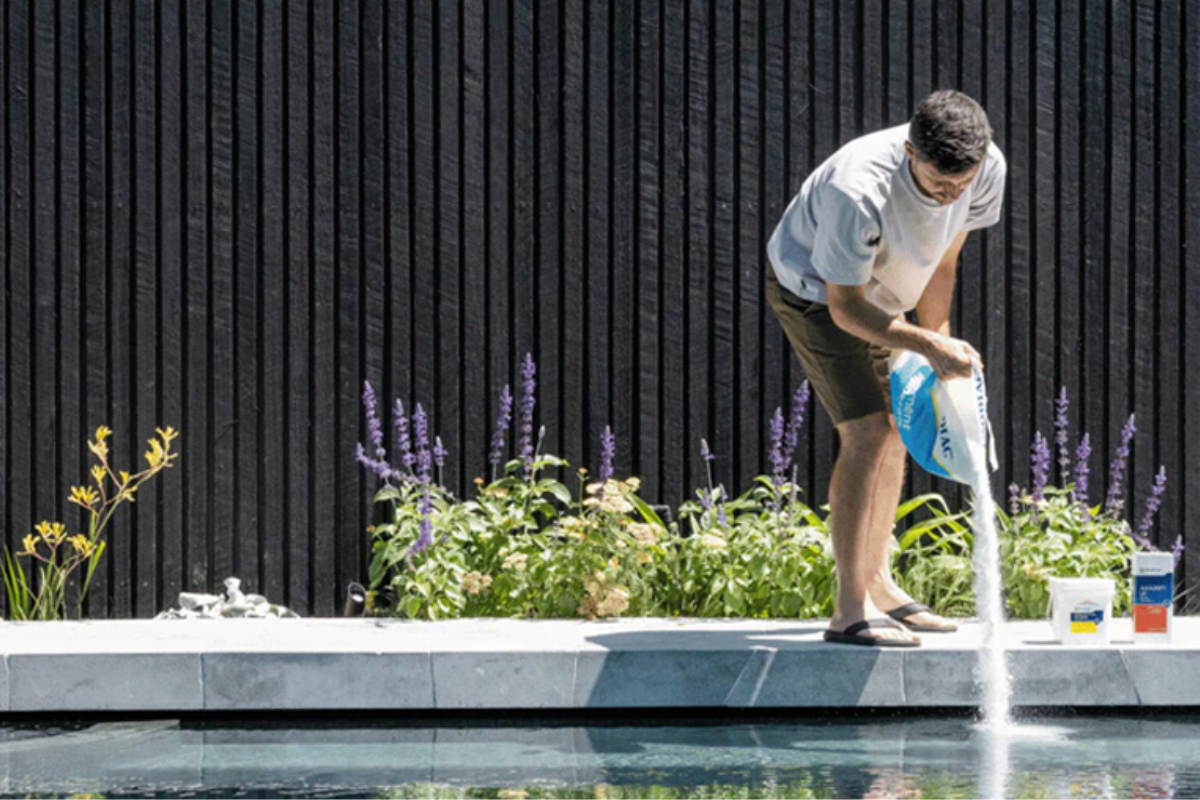
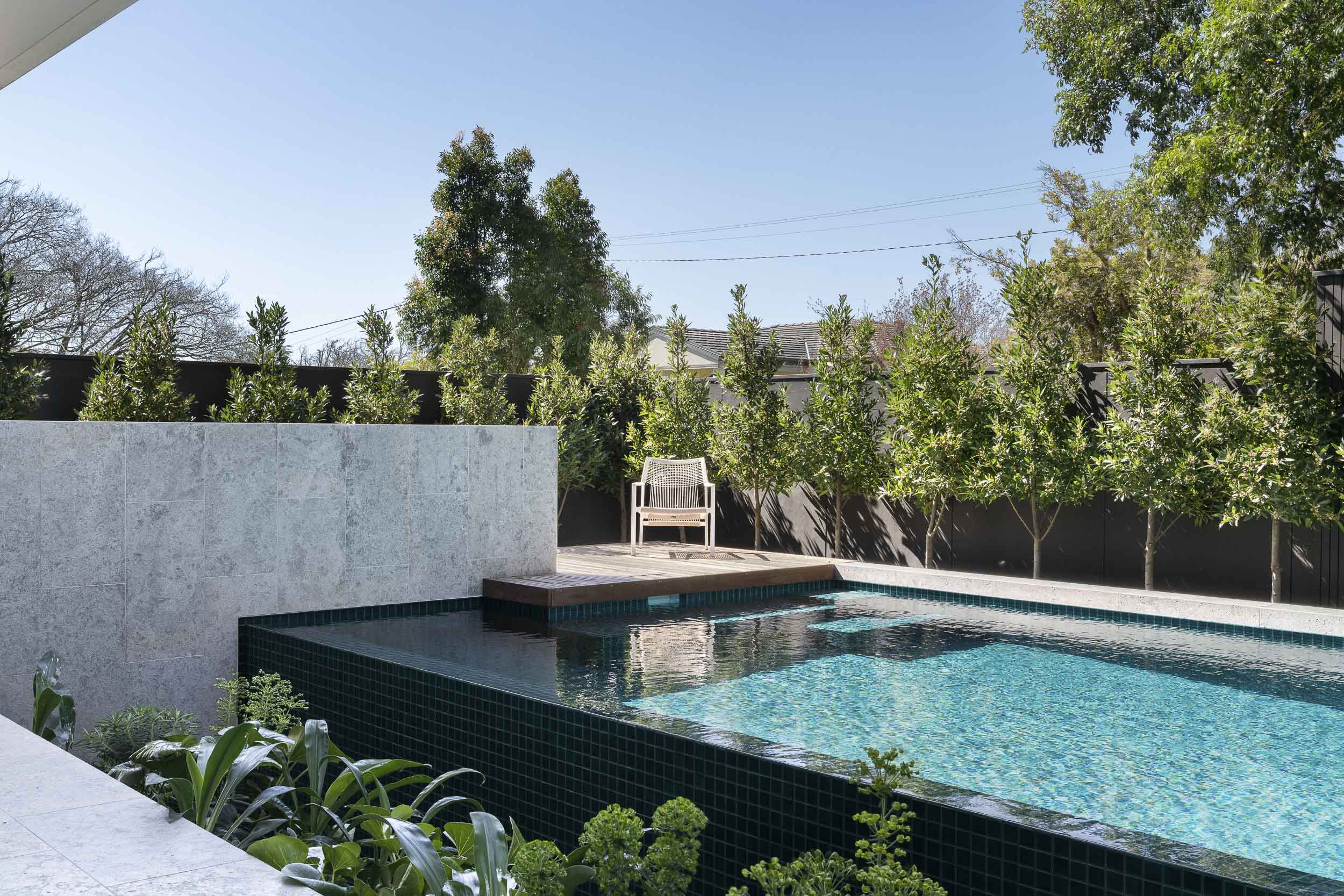
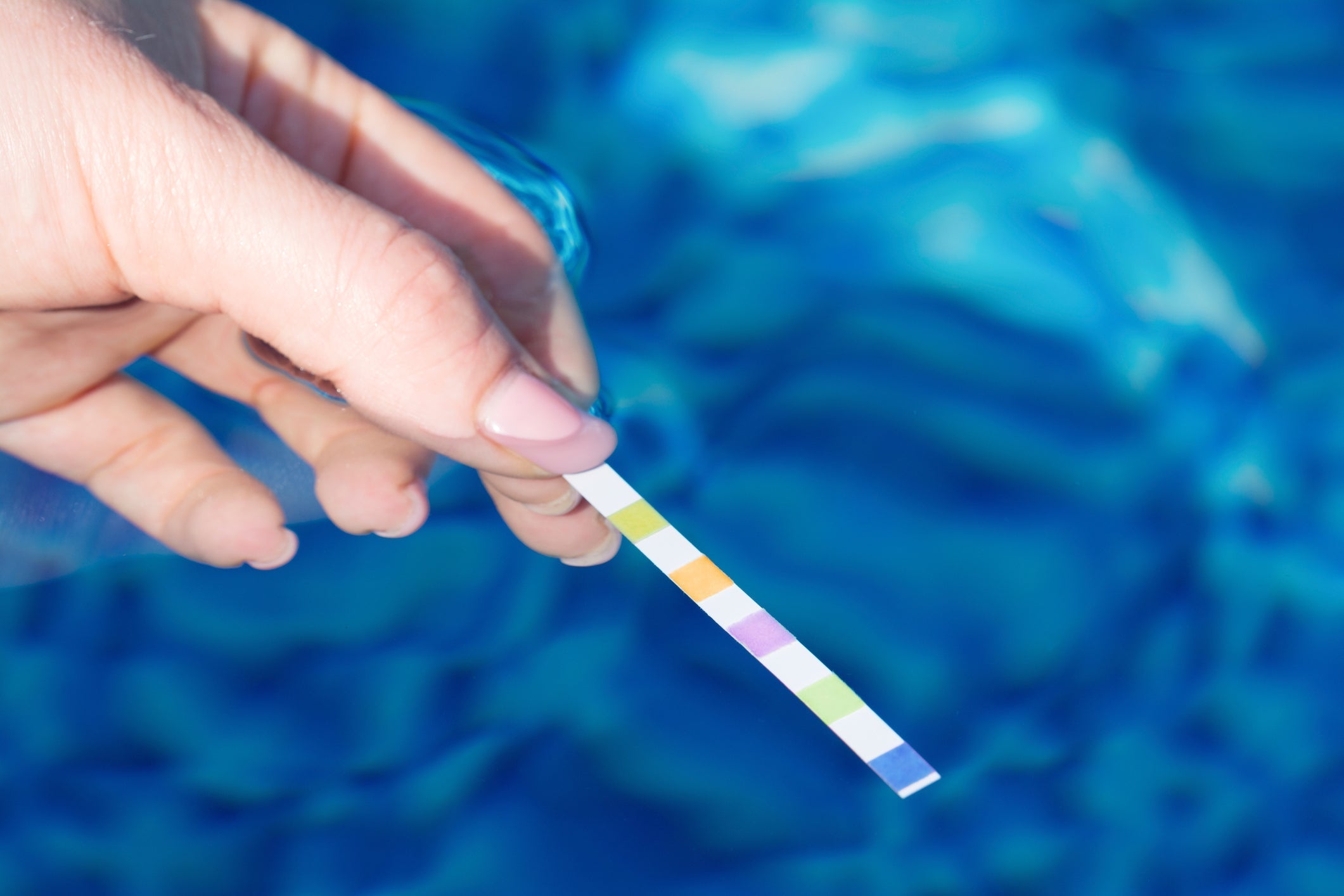
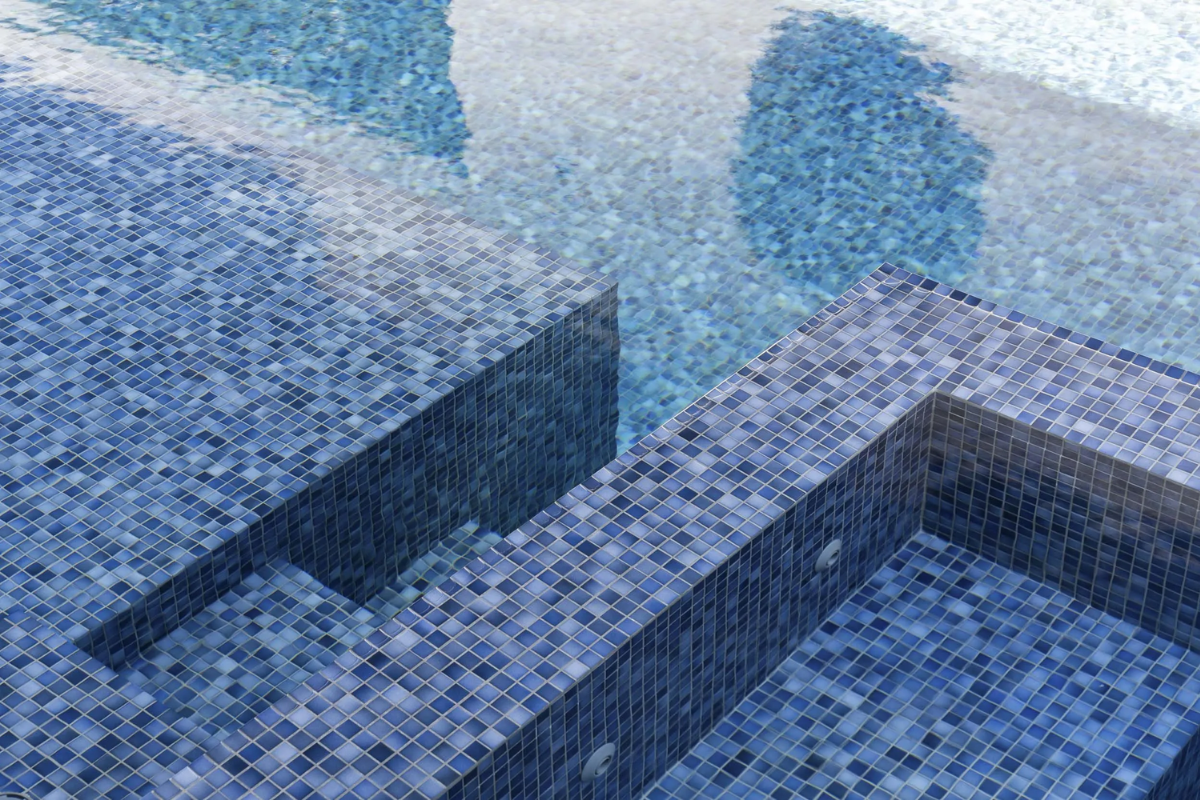
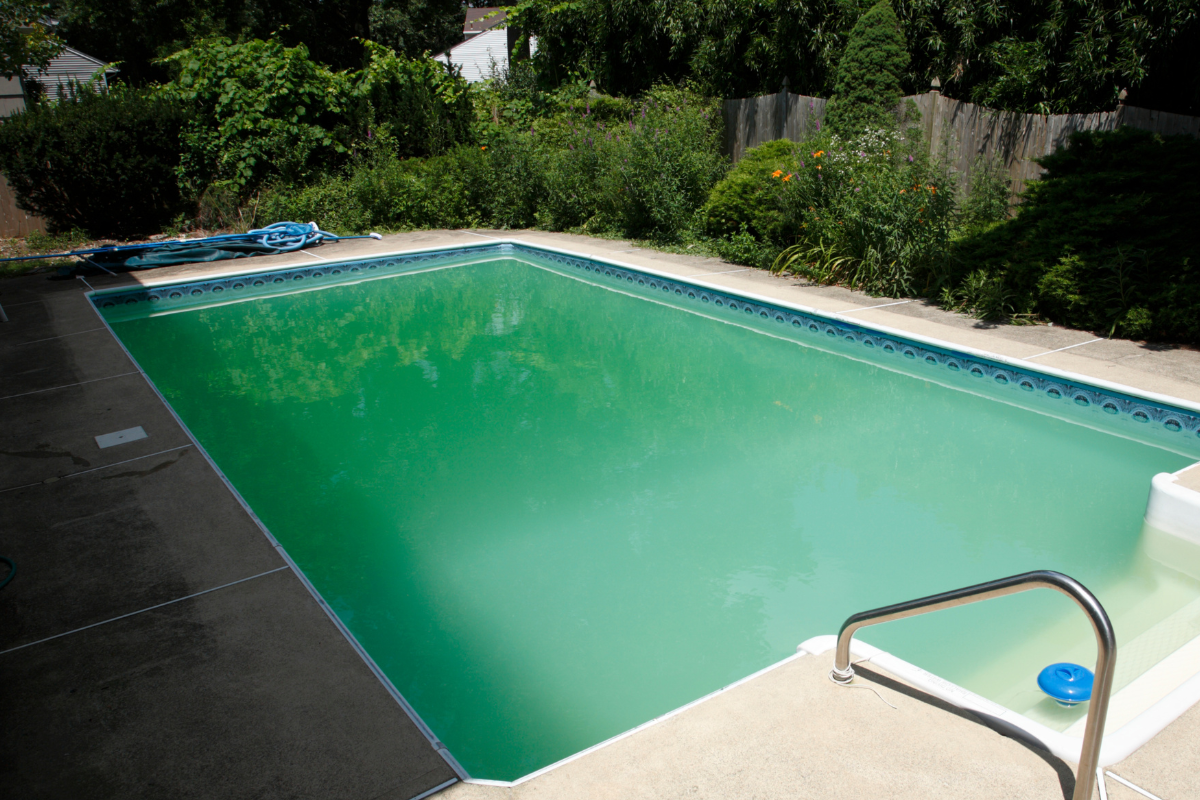
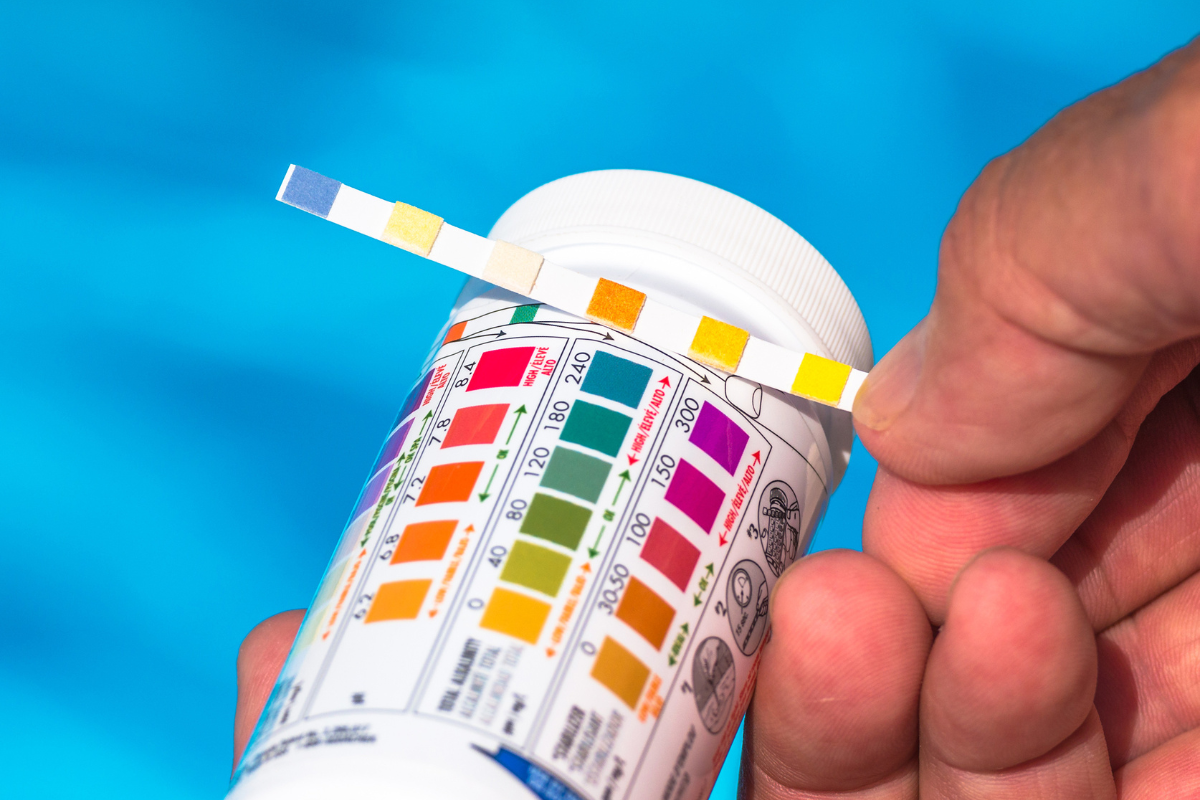
Share:
How to Check the Chemical Balance of Your Pool?
Is Pool Chemical Testing Safe?